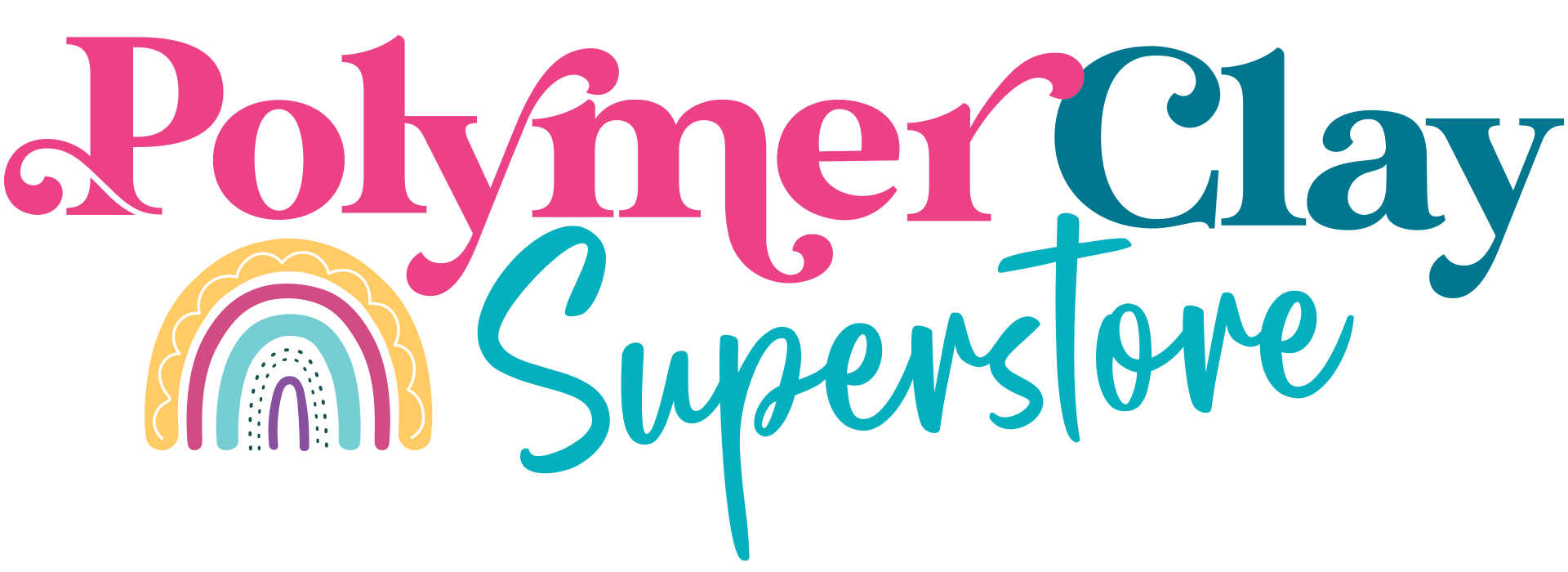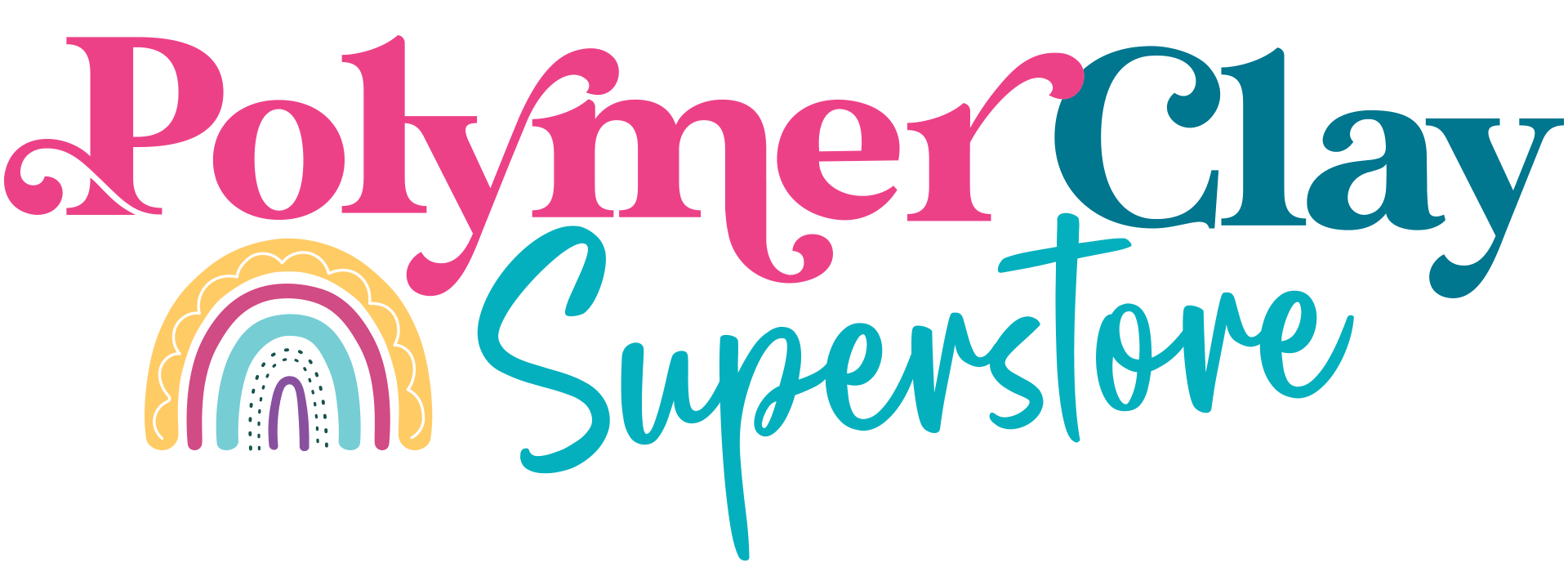SPECIAL OFFER!
Beginner’s Starter Kit at 20% Off
Read further, for a general list of what you'll need to get started working with polymer clay...
Polymer Clay
First, you will need to choose which clay you'd like to work with. We recommend one of these two for beginners:
Sculpey III is popular for its softness, finish, and variety of vivid colors. Sculpey III has won parenting awards and is easy to condition and use, making it the perfect clay for children as well as adults.
Premo! is another popular clay for beginners. It is stronger than Sculpey III, holds sculpting lines well and is a beautiful choice for jewelry.
For more information, see Polymer Clay Instructions.
Work surface
Any non-porous surface, such as glass, metal, or ceramic will work well as a work surface. You can also cover cardboard with parchment paper.
Conditioning and Rolling
- Clay can be conditioned (made soft and pliable for easier use) by hand.
- You may also want to use a Clay Conditioning Machine to both condition and make sheets of clay
- An Acrylic Roller can also be used to create sheets of clay.
Cutting
A variety of blades can be used to cut polymer clay.
Shaped cutters are used to make specialized shapes. Cookie cutters may be used, but they should not be used again for food.
Special tools
Push Molds--clay can be pushed into molds and then released, to create three-dimensional shapes.
Texture Sheets--applied to rolled-out clay to create textures.
A Polymer Clay Oven may be desired, to bake clay items.
Clean up
Baby wipes and soap and water are perfect for cleaning up hands and work surfaces.








